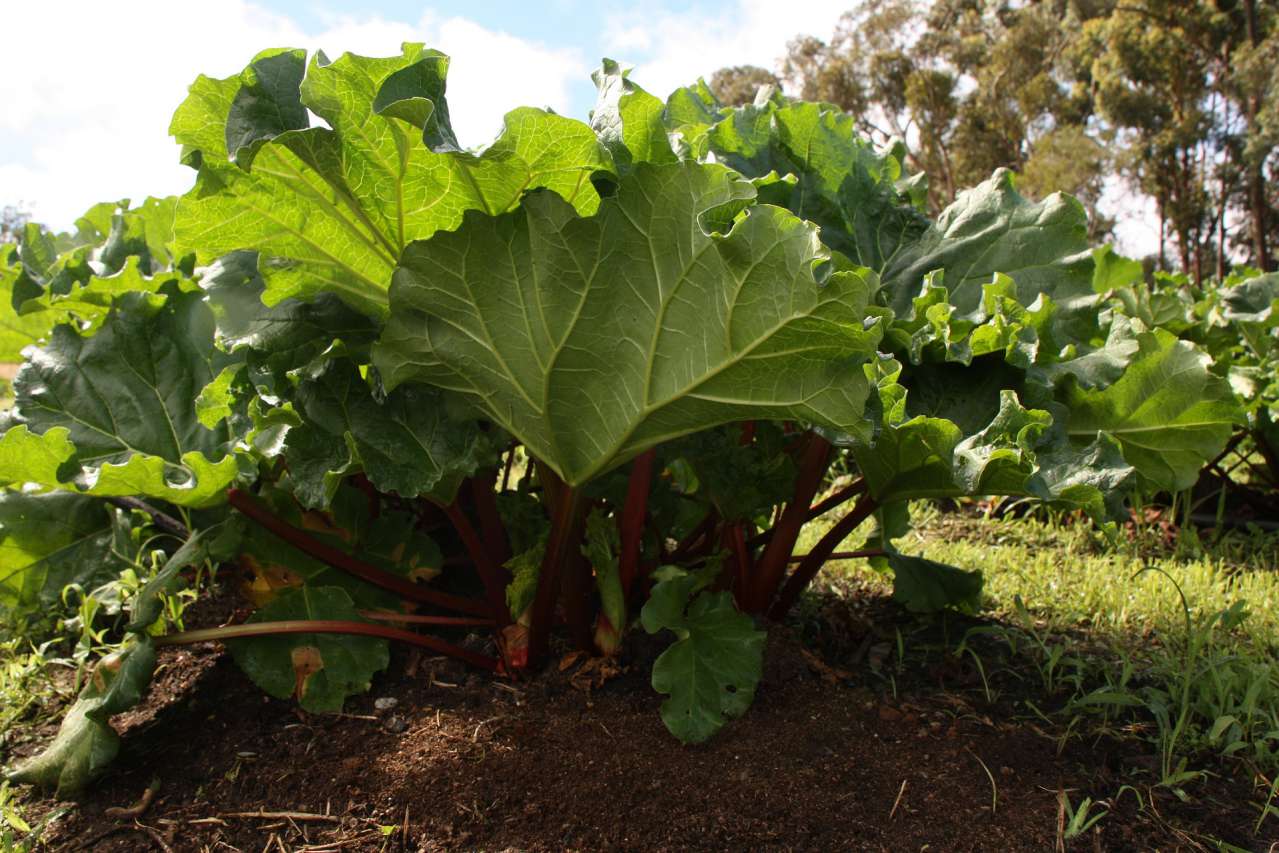Rhubarb is a vegetable with an interesting, sour-spicy flavor and aroma. This article will tell you how to grow and care for rhubarb.
Light and soil
All types of rhubarb develop well in lighted areas. Planting in the light shade of trees is acceptable. However, dense shade impairs growth, peduncles become looser, fewer flowers, petioles with less developed mechanical tissues easily droop, pink color weakens, and the decorative effect decreases.
The culture is grown in a long-term way (10-15 years in one place). Separate fields are allocated for rhubarb, outside the vegetable crop rotation, which implies deep plowing of the land.
The best soil for rhubarb is fertile loamy and clayey soil.
How to plant rhubarb
The seeds are planted in the soil. Seedlings appear in 15–20 days, they are thinned out, keeping the distance between seedlings or diving into ridges.

After a year or two, the plants are planted in a permanent place. They bloom in the third year.
Watering rhubarb
During the season, rhubarb is watered 3-4 times. The more abundant and more frequent watering, the less oxalic acid in the petioles. When flower stalks appear on the rhubarb, they are cut off, since the development of flower arrows slows down the growth of leaves and the development of petioles.
What to feed rhubarb
During the summer period, rhubarb needs to be fed 1 or 2 times, for this, organic matter or mineral fertilizer is used.
Once every 4–5 years, 1–2 buckets of humus should be added under each bush. It is recommended to feed rhubarb with organic fertilizers in the autumn, and with mineral fertilizers in the spring.









